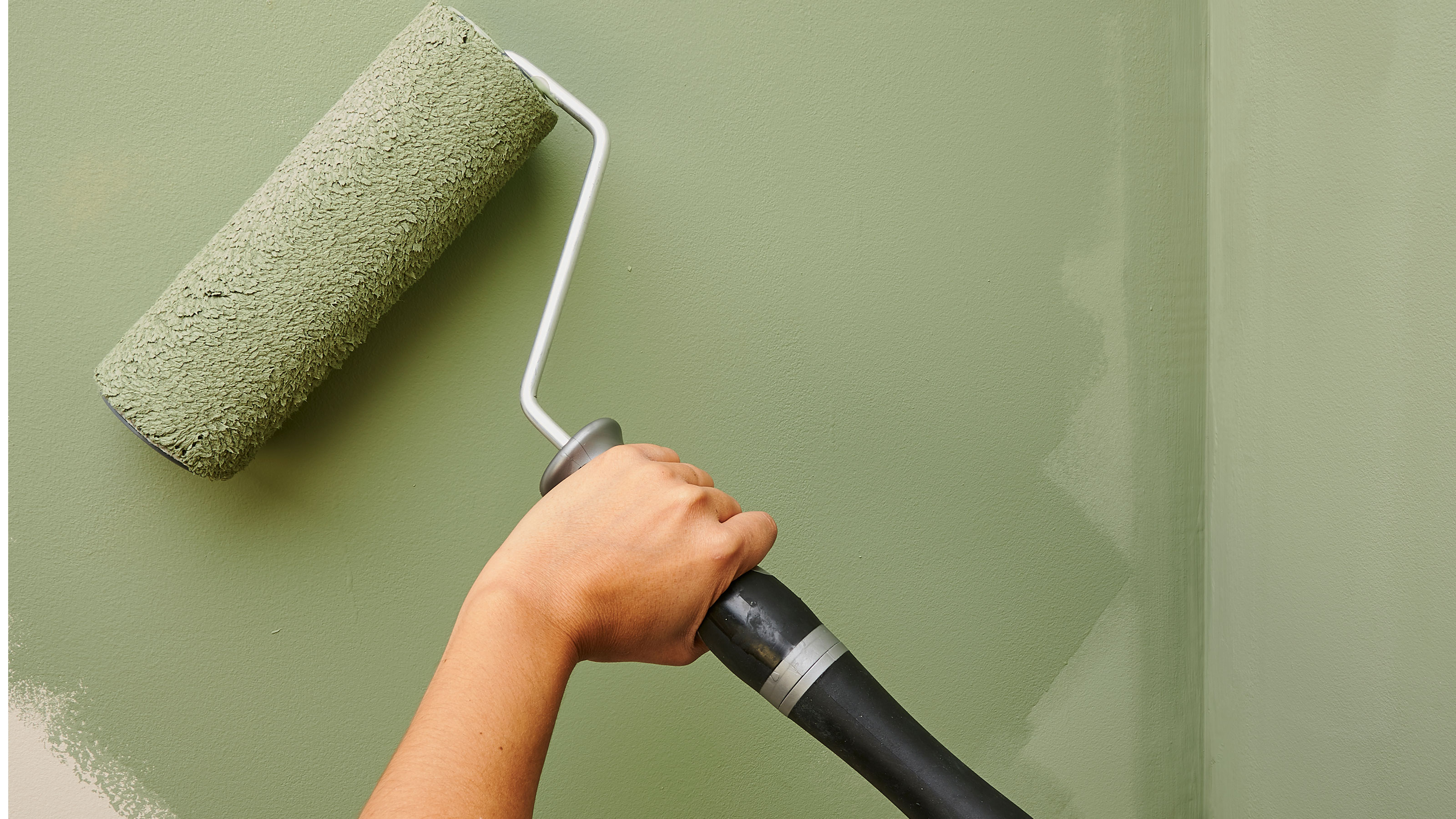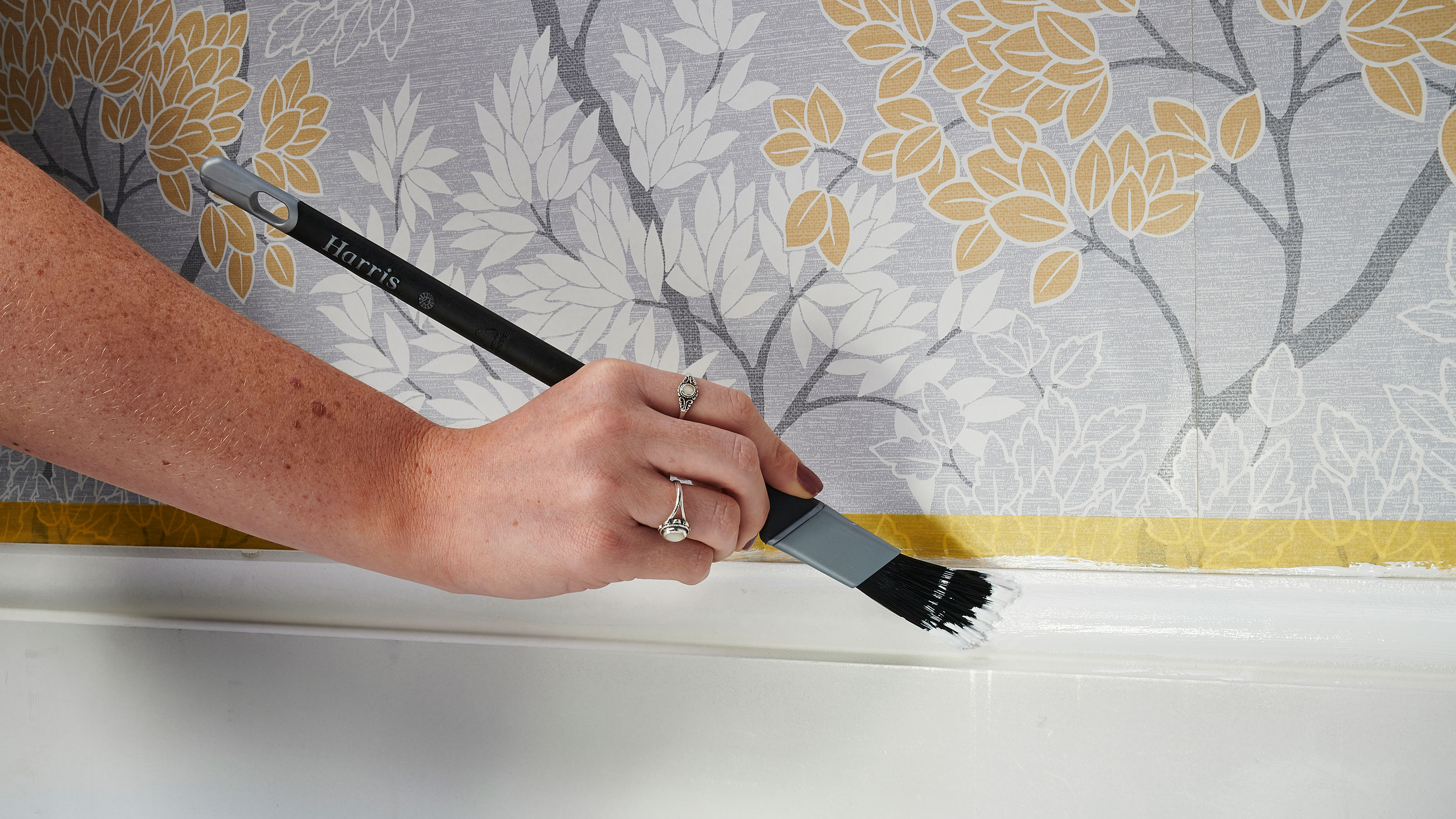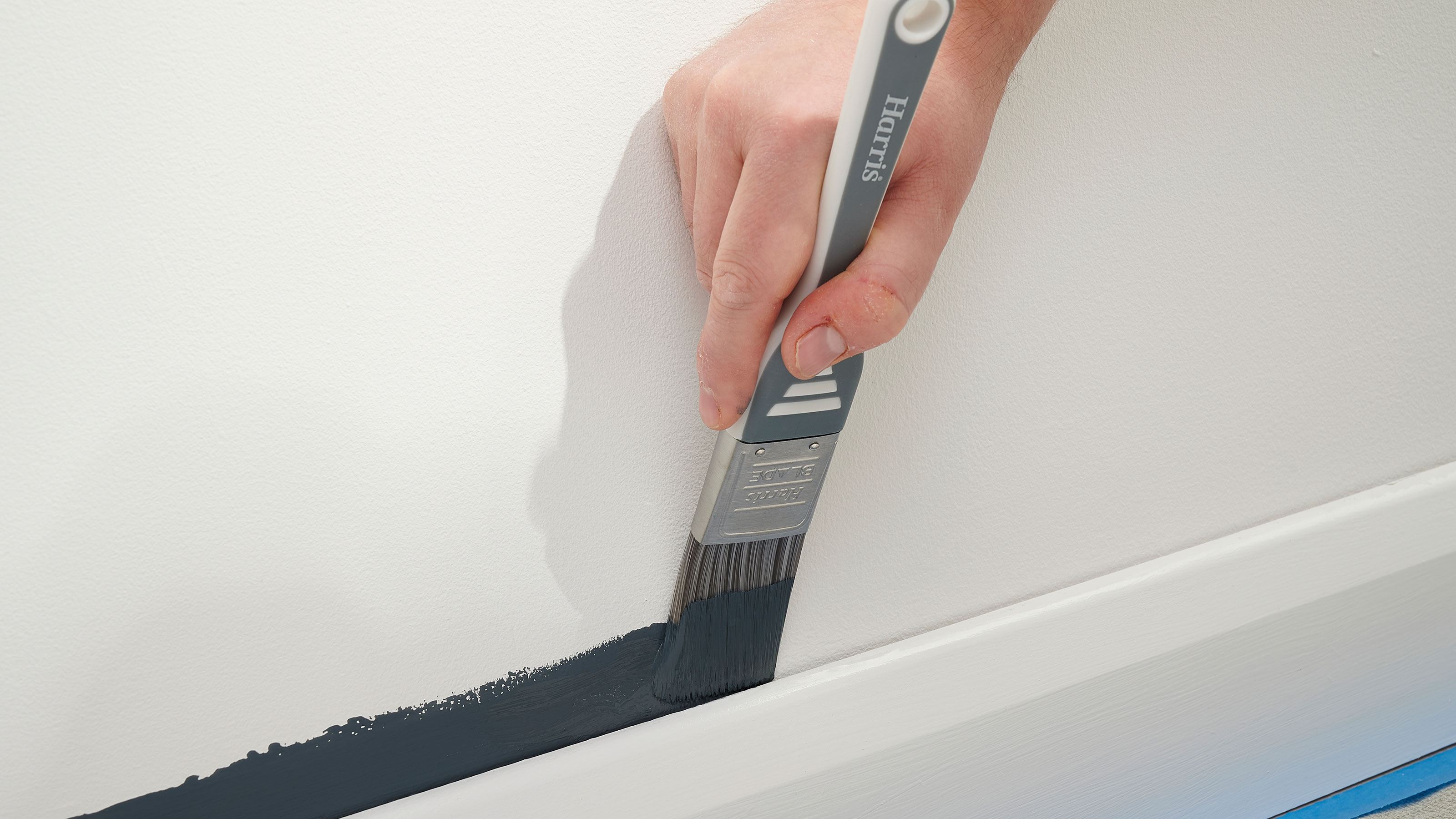4 things to look for before buying painting tools
Beginning a new painting project? Get the lowdown on what you need to know before you commit to buying new painting tools

Content supplied by Harris
Whether you are a great hand at getting jobs done around the house, or a complete novice, creating your own dream interior can be stress-free if you use the right tools for the job.
When it comes to painting, it may seem obvious that there are different types of brushes and rollers, but being aware of the differences between products can make a significant difference to the success of your finish.
These are four key factors to consider to make sure you buy the best painting tools for your job.
1. Choose the right type and size of brush or roller
Brushes and rollers come in a variety of types and sizes designed for different tasks, and you should try to match the painting tool to the area you’re painting.
For example, if you are painting large wall and ceiling areas choose a flat brush – or a roller – designed to achieve great coverage and a smooth finish. On the other hand if you are painting the edges, choose a tapered brush designed for ‘cutting in’.

2. Preparation is everything
You’ll want to use a good quality double protection dust sheet to protect your work area, and to ensure a smooth surface for painting it’s best to remove any old paint or varnish.
Additionally, use a microfibre cloth to remove any lingering dust before you start painting, and get some masking tape to tape off any areas you do not want to paint such as switches or sockets.
Look out for brushes that can be used on flat and curved surfaces and use a sanding block that is suitable for your surface and is flexible enough to cope with curves.
3. Pick the right brush shape
Flat brushes are great for painting large areas. If, alternatively, you’re looking to paint more intricate and hard-to-reach areas then consider using angled head brushes. Because they cut at a slant it makes it easy to paint clean lines into anything with grooves, or when you are painting close to another surface.
A top tip when painting edges is to work in 1m segments, placing the wide tip of the brush against the edge and pulling the paint along.

With the edge complete, switch to a paint roller for fast coverage on larger areas. Start a foot from where you’ve cut in, and for a fine finish with no ‘framing’, use a W motion to overlap the area painted first without touching the actual edge.
Keep an eye out for technology incorporated into certain brushes that means there are no loose bristles which can ensure a higher-quality finish.
4. Longevity
Good brushes will, with proper care, last you a long time. And if you have multiple projects on your to-do list you won’t regret paying a bit more to ensure quality brushes that can be used again and again - it will be cheaper in the long run.
Having a great choice of different task-specific brushes and rollers will also ensure that every painting job is easier, quicker and more satisfying.
Get the Homebuilding & Renovating Newsletter
Bring your dream home to life with expert advice, how to guides and design inspiration. Sign up for our newsletter and get two free tickets to a Homebuilding & Renovating Show near you.
